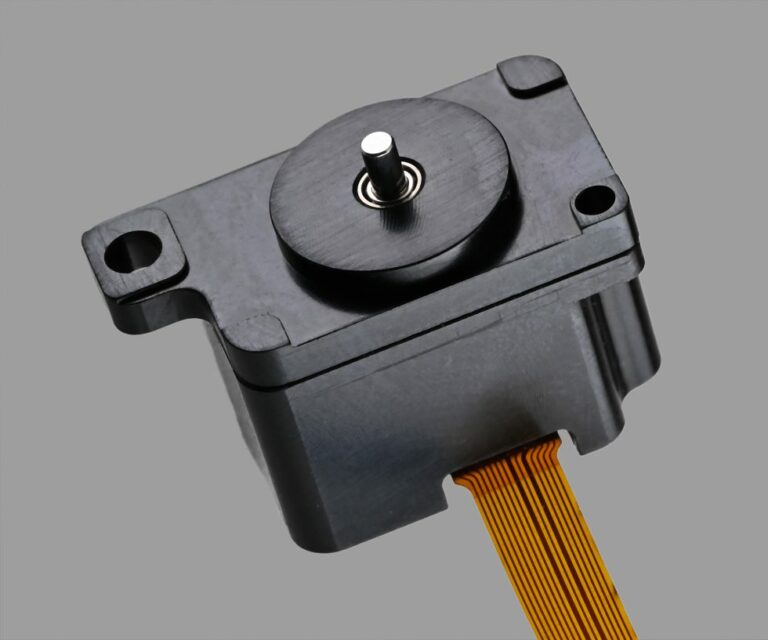Koheras single-frequency fiber lasers

Koheras single-frequency lasers are longitudinally single-mode and offer extremely low phase and intensity noise levels. Available in the erbium, ytterbium, or thulium wavelength ranges and with frequency conversion to many other bands.
Reliability is our highest priority and the all-fiber DFB design ensures robust and reliable operation for thousands of hours.
Koheras lasers are extremely stable and mode-hop-free – even under changing environmental conditions. You can also get shot noise-limited solutions for applications demanding extra low-intensity noise levels.
Find the right laser for you
Our Koheras single-frequency erbium and ytterbium fiber lasers come in three fundamental configurations: OEM fiber lasers, a modular line card system, and a desktop fiber laser range. Choose the format that suits you best – they all offer performance that rivals or surpasses big scientific lasers but in a compact and industrial package with market-leading reliability.
Reliability at the forefront
Our most popular Koheras single-frequency laser, the MIKRO OEM laser module, has a typical lifetime of more than 10 years and a return rate of less than 1%.
We have manufactured our Koheras single-frequency fiber lasers since 1998. Since then, we have shipped more than 15.000 lasers to customers that would benefit from the narrow linewidth, high-frequency stability, and low-noise laser operation.
Tested and well-proven stability
The Koheras lasers are all-fiber distributed feedback (DFB) lasers that have a compact and robust design that enables inherent single-frequency laser operation. They are extremely stable, have low-noise performance, and have manufacturing scalability.
We have exposed our Koheras MIKRO E15 fiber lasers to a range of qualification tests: Mechanical shock, vibration, temperature cycling, damp heat (powered), and high-temperature operation (powered). The tests were carried out by FORCE Technology. The test results confirmed the robustness and reliability of Koheras fiber lasers, and that critical optical performance remained essentially unchanged and well within the tolerances.
Install and forget
Our OEM customers trust our MIKRO lasers to perform. They expect – and get – a high uptime, thanks to the fundamentally robust and reliable laser design.
Over the years, they have installed our maintenance-free and service-free lasers in the harshest environments – on oil-rigs, submarines, wind turbines, and even in space. Where will you install yours
Our technology
The Koheras laser is a class of compact and robust inherent single-frequency fiber lasers with particularly low noise properties and high spectral stability. It is based on a Distributed Feedback (DFB) fiber laser design consisting of active fiber, a Bragg grating, and a semiconductor pump diode. Erbium, ytterbium, and thulium-doped fibers are both used as gain mediums. The Bragg grating defines the mirror of the laser cavity and is imprinted in the fiber laser by ultra-violet illumination through a phase mask. Finally, a pump laser generates population inversion in the active fiber and supplies energy to drive the laser.
The key to the fiber laser’s low noise is the gain medium and fundamental structure, with the high Q-value fiber Bragg grating ensuring very stable emission and high-frequency stability. The laser packaging is designed to reduce the lasers’ susceptibility to acoustic pickup and vibrations – a feature that is critical for stable laser operation in harsh environments and many industrial applications.
Different grades of laser phase noise are available, and course and fine wavelength tuning are possible whereby the laser wavelength can be tuned to specific wavelengths, e.g. transition lines, and stabilized to fixed references for even higher frequency stability than provided by the free-running laser.
The Koheras lasers are typically installed in coherent sensing systems for long-range fence security, pipeline integrity monitoring, oil and gas exploration, down-the-well sensing, high-precision vibrometers, and wind LIDARs. Any standstill period caused by a component failure in these systems can be very costly for the operator and therefore require the unproblematic long-term operation of laser sources. The main optical sub-components are Telcordia qualified originally designed for the telecommunication industry, and the fiber laser tested to high standards to meet the requirement for many years of stable and reliable operation in the field.
Koheras lasers are also important tools in metrology for atomic clocks, quantum information, and high-resolution spectroscopy, and they have contributed to and enabled important research results in different areas of fundamental science. They play a vital role in fusion energy, radio the Atacama Large Millimeter Array (ALMA) radio astronomy telescope, and ESA’s SWARM mission.






